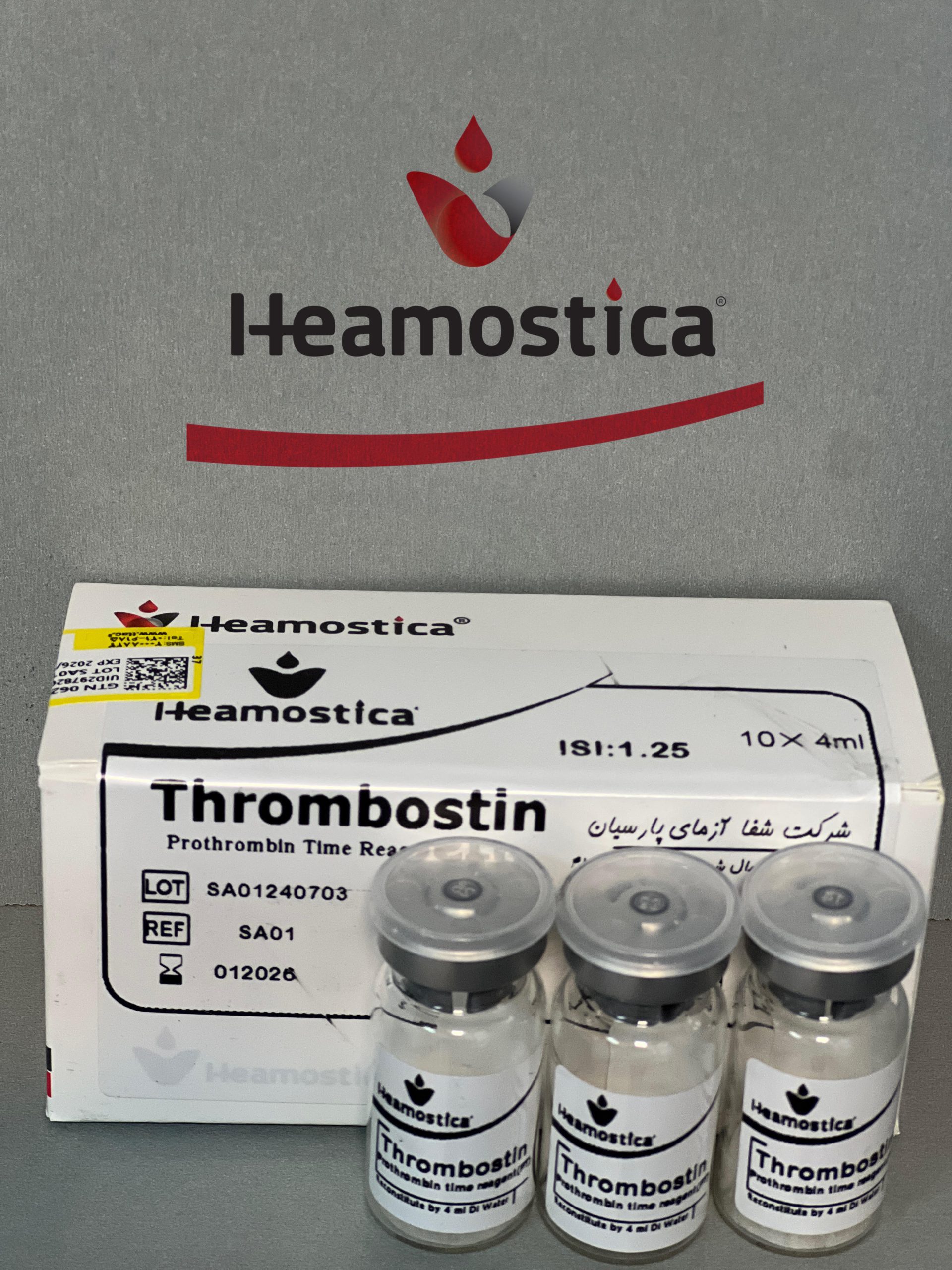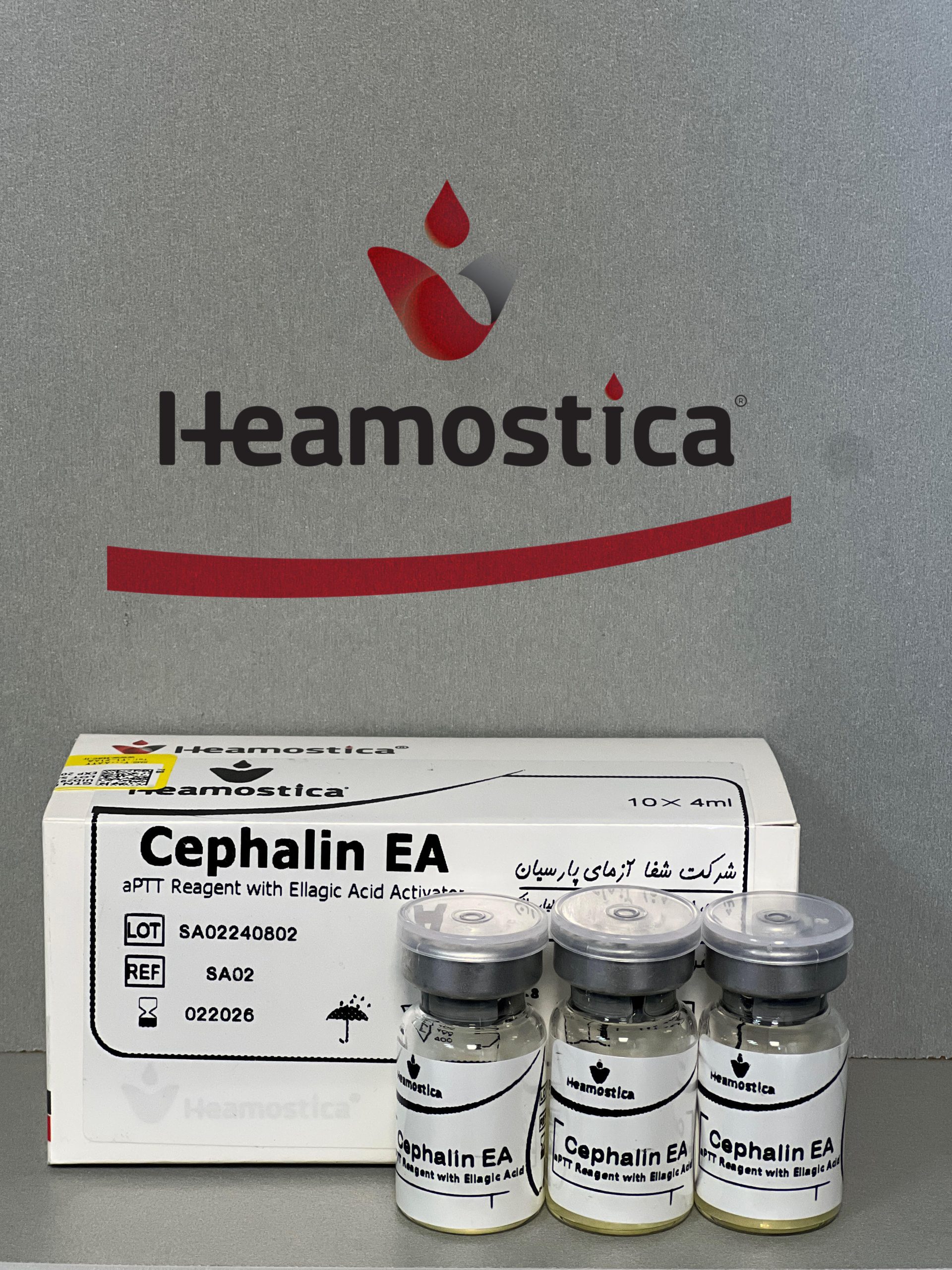Introduction
Prothrombin time (PT) and activated partial thromboplastin time (aPTT) are fundamental coagulation tests used in clinical laboratories for diagnosing bleeding disorders, monitoring anticoagulant therapy, and assessing overall hemostatic function. Despite their widespread use, a common challenge faced by clinicians and laboratory professionals is the variability in reference ranges when different reagent kits are used.
This variation arises from multiple factors, including differences in reagent formulation, analytical instrumentation, and patient population characteristics. Understanding these factors is critical to ensuring accurate test interpretation and preventing diagnostic errors. This article explores the key reasons behind discrepancies in PT and aPTT reference ranges and emphasizes the importance of laboratory-specific validation.
- Differences in Reagent Formulation
A major factor contributing to variability in reference ranges is the proprietary formulation of PT and aPTT reagents by different manufacturers. These differences affect test sensitivity and performance:
- PT Kits:
- Require thromboplastin, which includes tissue factor (TF) derived from human, rabbit, or recombinant sources, along calcium chloride.
- The source and preparation of TF influence clotting time and reagent sensitivity.
- aPTT Kits:
- Contain an activator (e.g., silica, kaolin, or ellagic acid), phospholipids, and calcium chloride.
- Variations in activator type and concentration impact clotting time and test reproducibility.
- Variability in Sensitivity to Coagulation Factors
Different PT and aPTT reagents exhibit varying degrees of sensitivity to specific coagulation factors, leading to differences in clotting time:
- PT reagents primarily detect deficiencies in the extrinsic pathway (factor VII) and the common pathway (factors II, V, X, and fibrinogen).
- aPTT reagents evaluate the intrinsic pathway (factors VIII, IX, XI, XII) in addition to the common pathway.
Since each reagent formulation interacts uniquely with these factors, test results may differ for the same plasma sample, necessitating reagent-specific reference intervals.

- Impact of Analytical Instrumentation
The methodology used to perform PT and aPTT tests also influences results. Automated coagulation analyzers employ different clot detection mechanisms, which interact uniquely with reagents:
- Optical detection systems measure changes in light transmission.
- Mechanical detection systems assess changes in sample viscosity or clot formation.
These differences can lead to slight variations in clotting time, requiring calibration of reference ranges for each reagent-instrument combination.
- Challenges in Standardization and Calibration
Despite efforts to standardize coagulation assays, complete harmonization has not been achieved:
- PT standardization: The International Sensitivity Index (ISI) is used to standardize PT results and allow for the calculation of the International Normalized Ratio (INR). However, different thromboplastin sources still introduce variability.
- aPTT standardization: Unlike PT, aPTT lacks a universally accepted calibration system, leading to greater inter-laboratory variability in reference ranges.
These challenges highlight the need for laboratories to establish their own validated reference intervals.

- Influence of Pre-Analytical and Biological Factors
Beyond reagent and instrumentation variability, additional factors contribute to differences in reference ranges:
- Pre-analytical variables:
- Blood collection method, anticoagulant concentration (e.g., citrate levels), and storage conditions can impact results.
- Biological factors:
- Patient-specific variables such as age, sex, ethnicity, and underlying medical conditions influence PT and aPTT values, requiring population-specific reference ranges.
- Need for Laboratory-Specific Reference Ranges
To ensure accurate test interpretation, each laboratory should establish reference ranges tailored to its patient population and testing methods. This involves:
- Collecting and analyzing representative patient data.
- Conducting periodic validation studies, especially when switching to a new reagent or analyzer.
Without such validation, laboratories risk misinterpretation of results, potentially leading to incorrect clinical decisions.
- Clinical Implications and Best Practices
Understanding the factors contributing to reference range variability is essential for both laboratory professionals and clinicians. To improve test accuracy:
- Laboratories should validate manufacturer-recommended reference ranges based on their specific patient demographics and equipment.
- Clinicians should interpret PT and aPTT results within laboratory-specific reference intervals to avoid misdiagnoses and inappropriate treatment decisions.
Conclusion
The variability in PT and aPTT reference ranges underscores the complexities of coagulation testing. Differences in reagent formulation, interactions between reagents and instruments, and population demographics all contribute to these discrepancies. By recognizing these factors and establishing laboratory-specific reference intervals, clinicians and laboratory professionals can enhance the reliability of coagulation test results, ultimately leading to improved patient care.
